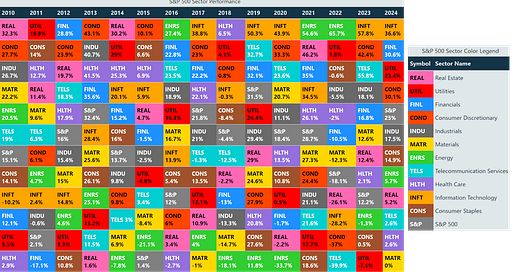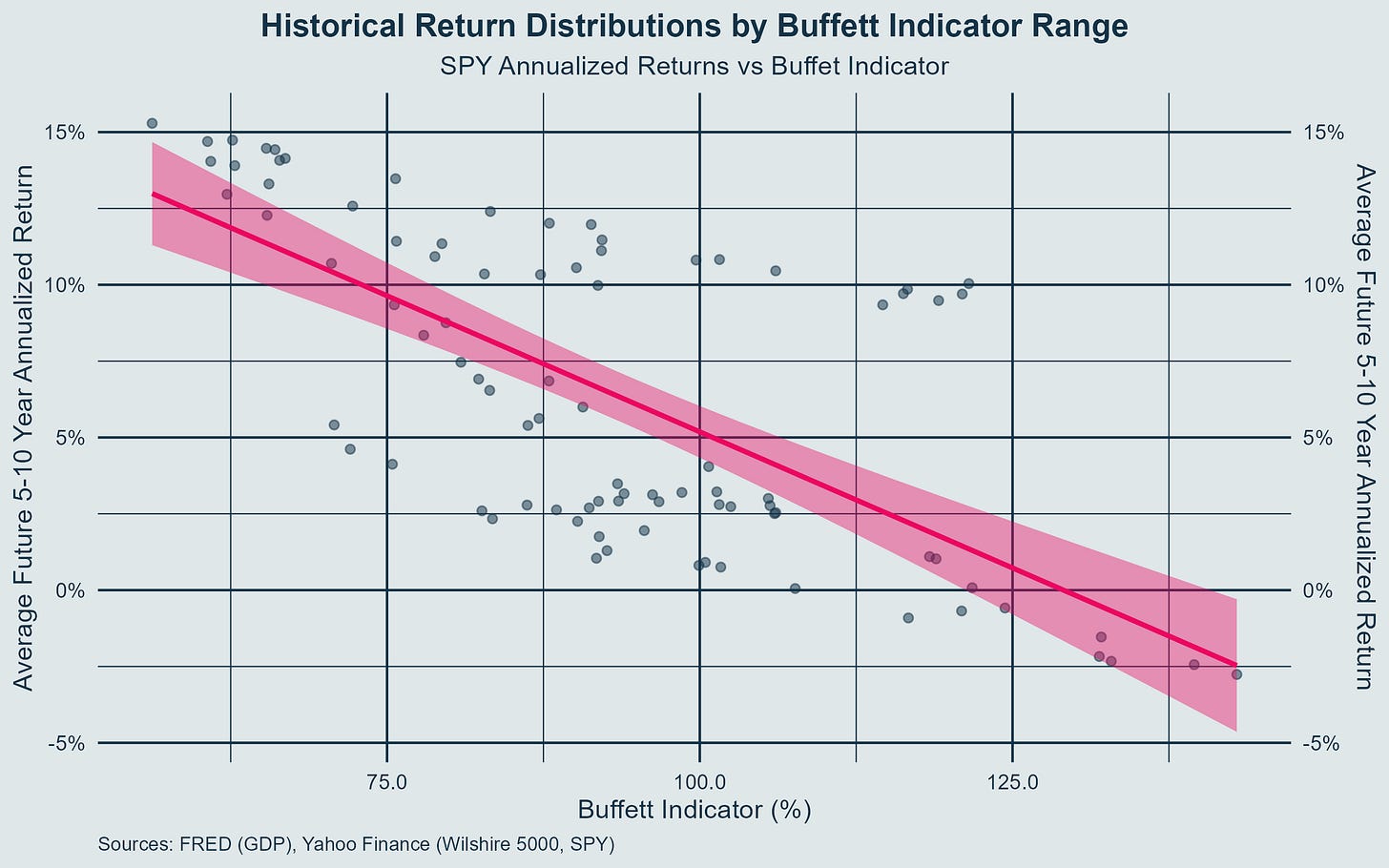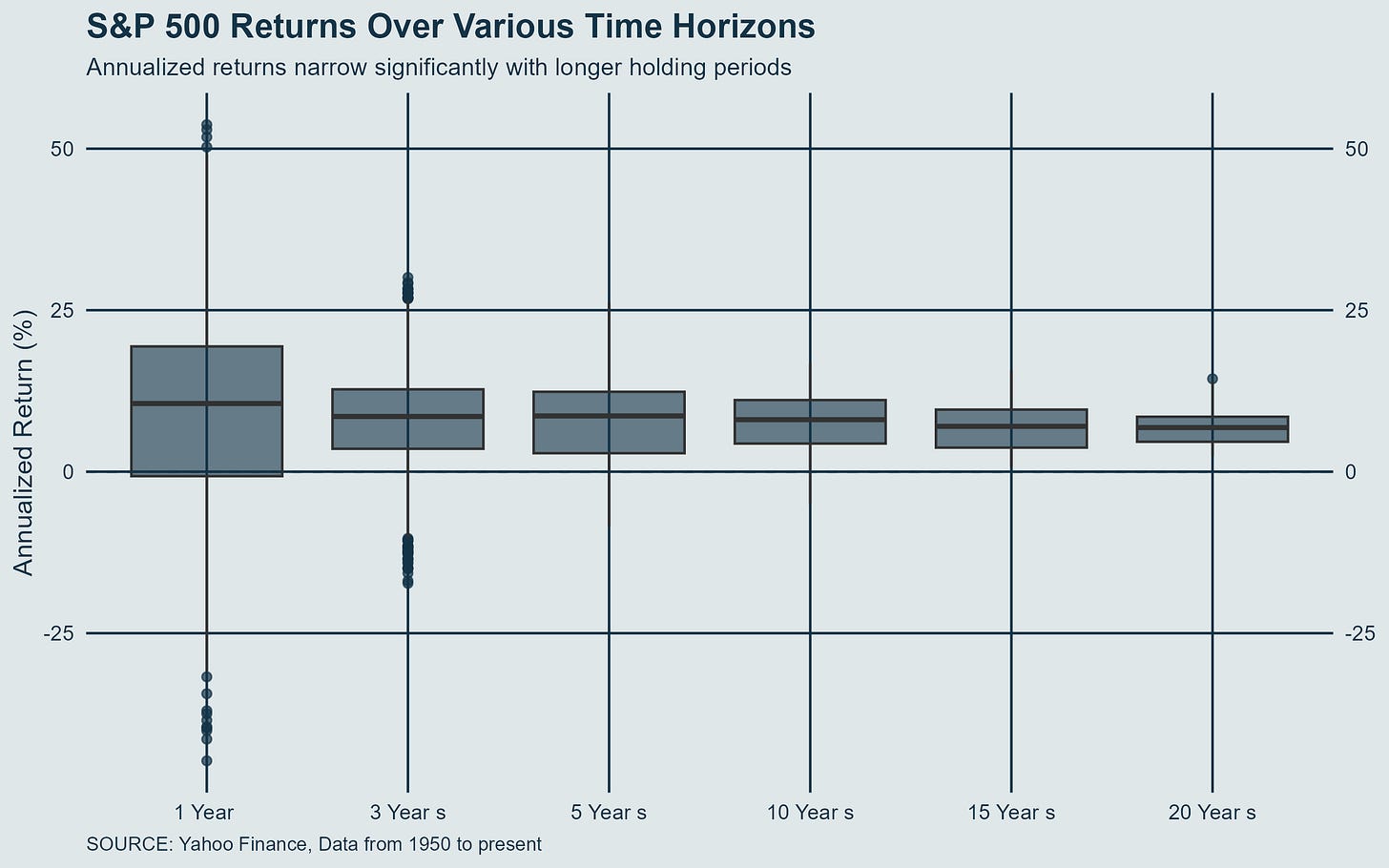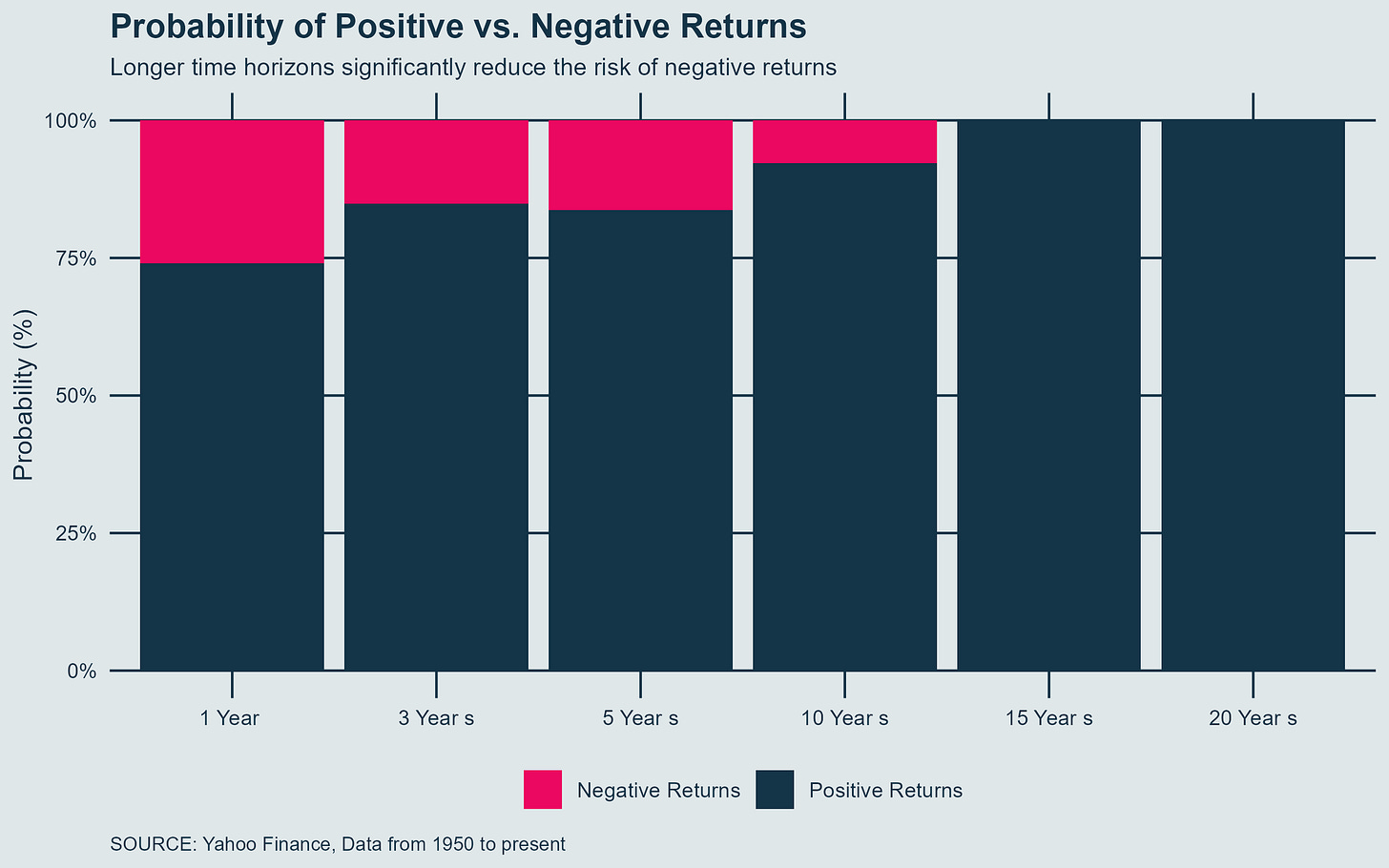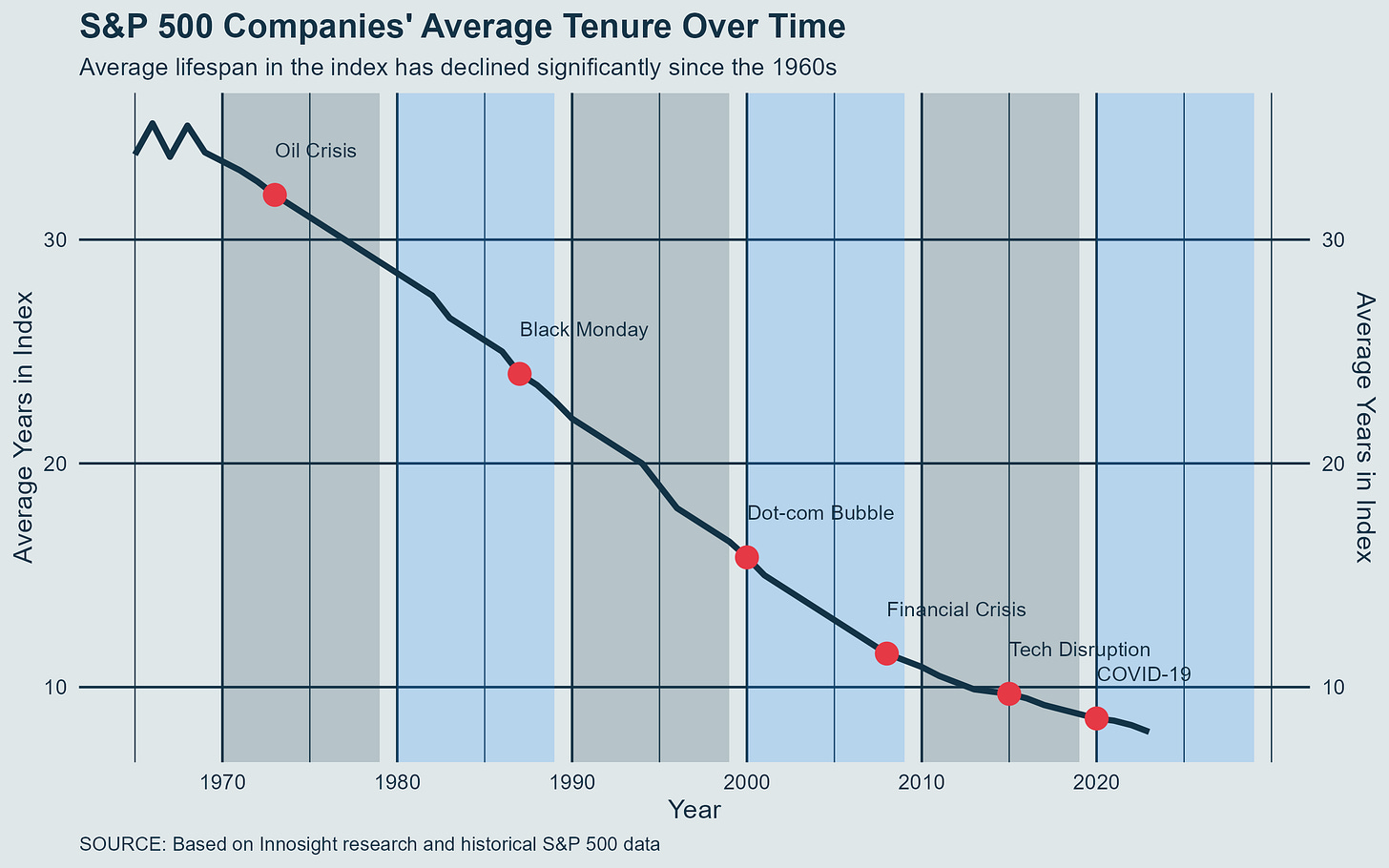When we talk about investing legends, Warren Buffett stands alone. The Oracle of Omaha's track record speaks for itself, and his approach offers timeless wisdom for investors at any level. I want to dive into 5 key principles that capture the essence of Buffett's strategy and share how I've adapted these concepts to my style using core assets: the S&P 500 index, bonds, and cash.
1. Value Investing: Finding What Others Overlook
Buffett's foundation rests on value investing - identifying businesses trading below their intrinsic value. This approach, inherited from his mentor Benjamin Graham, focuses on companies with strong fundamentals that the market has undervalued.
How I Apply It: While Buffett analyzes individual companies, I apply this principle through broad market exposure. The S&P 500 contains many value-oriented companies alongside growth stocks. By maintaining consistent exposure to this index, I capture value opportunities automatically when market sentiment swings too negative. Rather than timing individual stock picks, I focus on gradually increasing my position in the broader market when valuations look attractive.
Below is an exmaple and something I take into account as well. It is a valuation metric created by Warren Buffet and it shows that as valuations are low, future returns are expected to be high and vice versa.
2. Long-Term Perspective: Patience as a Competitive Advantage
Buffett famously quipped that his favorite holding period is "forever." He invests in businesses with the intention of owning them for decades, not days or months. This patience allows him to ignore short-term market noise and focus on long-term value creation.
How I Apply It: My portfolio strategy embodies this principle through persistent, consistent exposure to the S&P 500. I don't attempt to time market entries and exits. Instead, I maintain my positions through market volatility, understanding that time in the market beats timing the market. When others panic-sell during downturns, I maintain my allocation and often increase it, viewing these moments as opportunities rather than threats.
3. Circle of Competence: Know What You Know
Buffett only invests in businesses he thoroughly understands. This disciplined approach led him to historically avoid technology stocks outside his expertise, focusing instead on consumer goods, insurance, and financial services.
How I Apply It: I recognize the challenge of developing expertise across every market sector. Rather than pretending to know which companies will outperform, I leverage the collective intelligence of the market through index investing. The S&P 500 represents America's leading businesses across all sectors, selected and weighted by market capitalization. For fixed income, I stick to straightforward bond index funds rather than attempting to pick individual bonds or time interest rate movements. This approach keeps me within my circle of competence while diversifying my exposure.
4. Quality Management: Leadership Matters
Buffett places enormous emphasis on honest, capable management teams that act in shareholders' best interests. He looks for integrity, intelligence, and energy in leadership.
How I Apply It: Through S&P 500 exposure, I gain access to companies with established governance practices and rigorous disclosure requirements. The index's methodology naturally filters out the weakest companies over time, as poor management eventually impacts performance and leads to removal from the index. Rather than attempting to assess management quality company by company, I trust the market's collective judgment and the index's evolutionary nature.
For my bond and cash allocations, I maintain the same philosophy by focusing on quality. My bond position provides stability and income, while my cash reserves ensure I have dry powder for opportunities during market dislocations.
5. Economic Moats: Sustainable Competitive Advantage
Buffett seeks companies with sustainable competitive advantages or "moats" that protect them from competition. These might include strong brand identity, cost advantages, or high switching costs for customers.
How I Apply It: The S&P 500 naturally over-weights companies that have demonstrated sustainable competitive advantages in average valuation periods. Companies with strong economic moats tend to grow larger and capture more market share, increasing their weight in the index. By investing in the S&P 500, I'm gaining exposure to businesses that have already proven their ability to fend off competition and generate consistent returns.
My asset allocation strategy also creates its own "moat" through simplicity and discipline. By maintaining a straightforward portfolio that I understand completely, I avoid the behavioral pitfalls that plague many investors, creating my own competitive advantage.
Looking Forward: Markets and Portfolio Implications
As we move through 2025, understanding these timeless principles becomes even more crucial. My asset allocation provides both offensive capability (S&P 500 exposure) and defensive positioning (bonds and cash).
This approach isn't glamorous, but neither is Buffett's. He's built his fortune not through flashy stock picking or market timing, but through patience, discipline, and an unwavering focus on value. By adopting these same principles through a simplified asset allocation strategy, I've created a portfolio that stands the test of time.
Remember, investing doesn't operate in isolation; it interacts with your financial goals, risk tolerance, and time horizon. Viewing your portfolio as part of a larger financial strategy is essential for comprehensive wealth building.
The beauty of this approach isn't just its effectiveness—it's the simplicity. By focusing on these timeless principles rather than chasing the latest investment fad, I've built a portfolio that lets me sleep well at night while still capturing the long-term growth potential of American business.

